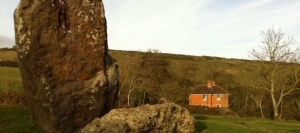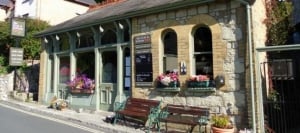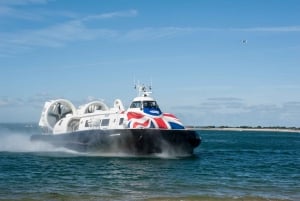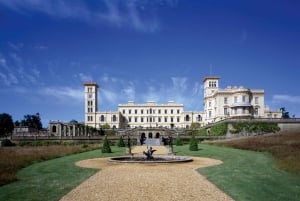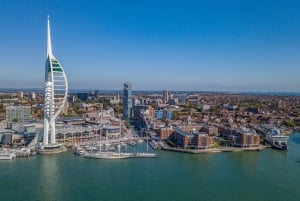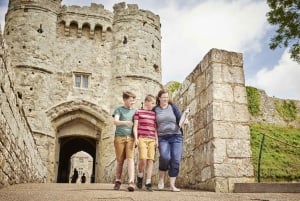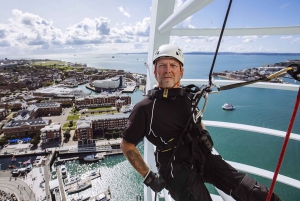Isle of Wight History
Want to know what happened, where and when? Below is a timeline showing some key historical events on the Isle of Wight, along with links to the places and attractions that you can still visit today!
Isle of Wight History Timeline
It is thought that there may have been human occupation on the island up to 6000 years ago in Neolithic times, with this being suggested around The Long Stone, Mottistone area. However, the points in history below are well documented.
0050 Roman presence on the island.
0170 The Romans had set up home in Brading and Newport. Brading Roman Villa and Newport Roman Villa are now open to the public.
1070 The St.Boniface Old Church in Bonchurch was built by Norman monks- this beautiful church still stands today.
1100 There has been a fortress at Carisbrooke since Saxon times, but Carisbrooke Castle itself started to be built around this time. Now run by English Heritage.
1166 The first Isle of Wight town was built on a medieval grid system… Yarmouth!
1328 St. Catherine's Oratory (known as 'The Pepperpot') was built, apparently intended as a lighthouse, built as a punishment for taking church property from a shipwreck.
1567 Mottistone Manor west wing was built- now run by the National Trust.
1699 Existing Newtown Old Town Hall built- now a National Trust site.
1700 The Bembridge Windmill was built around this time and was in operation until 1913. Now maintained by the National Trust.
1814 The Hoy Monument was erected.
1831 The 12 year old future Queen Victoria, visited the Isle of Wight on holiday.
1838 St. Catherine’s Lighthouse was built. The Lighthouse became automated in 1997 and is still used today. Tours can be arranged.
1842 Blackgang Chine lease concluded by Alexander Dabell, who turned the chine into beautiful gardens as one of the islands first holiday attractions, also buying a huge whale skeleton for the curious Victorians to see. Still a popular family attraction today developed into a small theme park.
1845 Queen Victoria acquired the Osborne Estate.
1851 Osborne House completed as Queen Victoria’s holiday home. Maintained today by the English Heritage and open to the public.
1862 The Needles Old Battery was constructed as a Victorian fort- now an attraction run by the National Trust.
1862 The first Railway line opened, running between Cowes and Newport.
1895 The Needles New Battery was complete. Used throughout both world wars- now an attraction run by the National Trust.
1971 With many Railway lines on the Isle of Wight now closed, the IW Steam Railway attraction was established.



